Argentina history is a compelling narrative that spans indigenous cultures, European colonization, struggles for independence, waves of immigration, economic highs and lows, political upheavals, and a quest for national identity. From the pre-Columbian era to the present day, Argentina’s story reflects a complex interplay of diverse influences, shaping a nation known for its rich cultural heritage, vast landscapes, and unique blend of traditions. In this comprehensive exploration, we will delve into key periods and milestones, unraveling the layers of Argentina’s history.
Pre-Columbian Argentina:
Long before the arrival of Europeans, the territory of present-day Argentina was inhabited by indigenous peoples with distinct cultures and languages. The most prominent groups included the Diaguita in the northwest, the Guaraní in the northeast, the Mapuche in the Andean region, and the Pampas people in the central plains.
These indigenous societies were characterized by their adaptation to diverse ecosystems, with lifestyles ranging from sedentary agricultural practices to nomadic hunter-gathering. They had developed sophisticated cultural expressions, such as pottery, weaving, and art, as well as complex social structures.
European Colonization (16th – 17th centuries):
The first European to set foot on Argentine soil was the Spanish explorer Juan Díaz de Solís in 1516. However, it was not until the early 16th century that Spanish colonization efforts gained momentum. Spanish conquistadors, such as Pedro de Mendoza and Álvar Núñez Cabeza de Vaca, sought to establish settlements in the region.
The city of Buenos Aires was founded by Spanish explorer Pedro de Mendoza in 1536, but it faced numerous challenges, including conflicts with indigenous populations and internal strife. In 1580, Juan de Garay successfully reestablished Buenos Aires, laying the foundations for the city’s future significance.
The Jesuit missions, established in the northeast during the 17th century, played a crucial role in the cultural exchange between indigenous peoples and European colonizers. The Jesuits created self-sufficient communities where indigenous inhabitants learned European agricultural techniques, crafts, and Christianity.
The Viceroyalty of the Río de la Plata (1776 – 1810):
As part of the Spanish Empire’s administrative reforms, the Viceroyalty of the Río de la Plata was established in 1776, encompassing territories that make up modern-day Argentina, Uruguay, Paraguay, and parts of Bolivia. Buenos Aires became the viceroyalty’s capital.
The late 18th century saw an increasing desire for local autonomy, driven by economic interests and the Enlightenment ideas circulating in Europe. The British invasions of the Río de la Plata in 1806 and 1807 heightened the sense of vulnerability and the need for regional self-defense. The local militias, including those led by Santiago de Liniers, played a crucial role in repelling the British forces.
May Revolution and Independence (1810 – 1816):
The turning point in Argentina’s history came with the May Revolution of 1810 in Buenos Aires. Influenced by Enlightenment ideals, news of the political changes in Europe, and a desire for self-determination, a group of local leaders initiated a series of events that led to the establishment of the First Junta on May 25, 1810. This event is considered the starting point of Argentina’s quest for independence.
In the subsequent years, Argentina experienced a tumultuous period marked by conflicts between those advocating for autonomy and those loyal to the Spanish crown. The patriotic forces, led by figures like Manuel Belgrano, José de San Martín, and later Simón Bolívar, fought against Spanish loyalists. Key battles, such as the Battle of Tucumán and the Crossing of the Andes, paved the way for Argentina’s declaration of independence on July 9, 1816, in the city of San Miguel de Tucumán.
Era of Nation-Building (1816 – 1880):
The post-independence period in Argentina was characterized by efforts to consolidate the newly formed nation. The country faced internal conflicts, regional disputes, and struggles over the balance of power between federal and provincial authorities. The overarching question of how to structure the government and society defined the era of nation-building.
The Constitution of 1853, inspired by the ideas of Juan Bautista Alberdi, established a federal system and a representative democracy. However, the political landscape remained turbulent, marked by conflicts between centralists and federalists. The presidency of Domingo Faustino Sarmiento (1868–1874) brought about educational reforms and modernization efforts, laying the groundwork for Argentina’s development in the late 19th century.
The period also witnessed significant waves of immigration, particularly from Europe. The influx of European immigrants, attracted by promises of a better life and economic opportunities, contributed to the cultural diversity that characterizes Argentina today. The immigrants played a key role in the economic development of the country, particularly in agriculture and industry.
The Age of Expansion (1880 – 1916):
The 1880s marked a transformative period known as the “Generation of ’80.” Under the leadership of President Julio Argentino Roca, the government sought to expand and integrate the national territory. This era was marked by the so-called “Conquest of the Desert,” a military campaign aimed at subduing indigenous peoples in the Patagonian region and expanding agricultural frontiers.
Economic growth during this period was fueled by the export-oriented model, with Argentina becoming a major global supplier of agricultural products, particularly beef and wheat. The development of the railway system played a crucial role in connecting remote regions to the expanding urban centers.
The urbanization and modernization of Buenos Aires also characterized this era. The city became a cosmopolitan hub, attracting immigrants and serving as a cultural and economic center. However, economic prosperity was not evenly distributed, and social disparities persisted.
The Rise of Peronism and Political Instability (1930s – 1950s):
The 20th century brought political turbulence to Argentina, with alternating periods of democratic rule and military coups. The 1930s saw the rise of populist politics, and Juan Domingo Perón emerged as a key figure. Perón, a military officer, became the Secretary of Labor and Social Welfare in 1943, promoting workers’ rights and social welfare policies.
Perón’s charismatic leadership style and the support of his wife, Eva Perón (Evita), garnered widespread popularity. In 1946, Juan Perón was elected president, and his presidency marked the beginning of Peronism, a political movement characterized by a mix of populist, nationalist, and corporatist policies.
However, Perón’s government faced opposition from various quarters, including the military and conservative sectors. In 1955, a military coup ousted Perón from power, and he went into exile. The subsequent years witnessed political instability, with frequent changes in government and military interventions.
Military Dictatorship and the Falklands War (1976 – 1983):
The late 20th century brought one of the darkest chapters in Argentina’s history with the military coup of 1976. The military junta, led by General Jorge Videla, initiated a period of state terrorism known as the “Dirty War.” The government targeted perceived political opponents, resulting in widespread human rights abuses, including kidnappings, torture, and forced disappearances.
The economic policies of the military junta, influenced by neoliberalism, led to economic hardships, contributing to social unrest. In 1982, the military government, seeking to divert attention from domestic issues, initiated the Falklands War (Guerra de las Malvinas) with the United Kingdom over control of the Falkland Islands. The conflict ended in defeat for Argentina, further weakening the military government’s position.
The atrocities committed during the Dirty War came to light after the return to democracy in 1983. Trials and investigations sought to hold those responsible accountable for their actions. The human rights movement, led by organizations like the Mothers of the Plaza de Mayo, played a crucial role in raising awareness and demanding justice for the victims.
Return to Democracy and Economic Challenges (1983 – 2001):
In 1983, Argentina returned to civilian rule with the election of Raúl Alfonsín as president. The new government faced the challenges of addressing human rights abuses, economic instability, and social unrest. The Trial of the Juntas, which began in 1985, sought to bring military officials to justice for their roles in the Dirty War.
The economic policies of the Alfonsín government faced difficulties, including hyperinflation and social protests. In 1989, Carlos Menem, a Peronist, was elected president and implemented neoliberal economic reforms, including privatization and deregulation. These policies brought short-term economic stability but contributed to long-term issues, including inequality and social disparities.
The 1990s also witnessed significant cultural and societal changes. Argentina became a global cultural and economic player, with a thriving film industry, literature, and fashion. However, economic challenges persisted, culminating in the economic crisis of 2001.
Economic Crisis and Social Movements (2001 – 2003):
The economic crisis of 2001 marked one of the most challenging periods in recent Argentine history. The collapse of the country’s currency, social unrest, and political turmoil led to the resignation of President Fernando de la Rúa. A series of interim presidents followed, reflecting the political instability of the time.
Mass protests, known as the “Argentinazo,” erupted, with people expressing their frustration with economic policies, corruption, and social inequality. The crisis resulted in widespread unemployment, poverty, and a loss of savings for many Argentinians. Amid the turmoil, Eduardo Duhalde assumed the presidency in 2002, implementing measures to stabilize the economy.
Kirchnerismo and Political Shifts (2003 – 2015):
In 2003, Néstor Kirchner, a Peronist, was elected president. His presidency marked a shift in Argentine politics, with a focus on social programs, human rights, and economic interventionism. Kirchner sought to address the legacies of neoliberal policies and prioritize social inclusion.
After Néstor Kirchner’s death in 2010, his wife, Cristina Fernández de Kirchner, succeeded him as president. Her presidency continued the emphasis on social programs and state intervention in the economy. However, it also faced criticism for issues such as inflation, corruption allegations, and disputes with various sectors, including the media.
Contemporary Argentina (2015 – Present):
Since 2015, Argentina has experienced shifts in political leadership. Mauricio Macri, a center-right candidate, was elected president, introducing economic reforms aimed at attracting foreign investment and addressing inflation. However, his presidency faced challenges, including economic difficulties, protests, and political polarization.
In 2019, Alberto Fernández, a Peronist, won the presidency, with Cristina Fernández de Kirchner as his vice president. The new government faced the formidable task of navigating economic challenges, including a debt crisis and the impact of the COVID-19 pandemic.
Argentina’s contemporary landscape is shaped by ongoing efforts to address economic stability, social justice, and political unity. The nation continues to grapple with questions of identity, social inclusion, and the legacies of its complex history. Issues such as environmental sustainability, indigenous rights, and international relations also play crucial roles in shaping Argentina’s present and future.
Conclusion:
Argentina’s history is a multifaceted tapestry of indigenous cultures, European colonization, independence struggles, political turbulence, and societal transformations. From the early interactions between Spanish colonizers and indigenous peoples to the quest for independence and the challenges of nation-building, Argentina’s journey reflects the resilience and dynamism of its people.
The nation’s rich cultural diversity, influenced by waves of immigration and indigenous heritage, is evident in its art, literature, music, and cuisine. The complex political landscape, marked by shifts between military rule and civilian governments, has shaped Argentina’s institutions and societal norms.
As Argentina navigates the 21st century, it faces contemporary challenges related to economic stability, social justice, and political unity. The ongoing quest for national identity, the legacy of past human rights abuses, and efforts to address inequality and poverty underscore the complexities of Argentina’s present and the aspirations for its future.
The nation’s ability to draw strength from its diverse heritage, confront its historical traumas, and build a more inclusive and equitable society reflects the enduring spirit of a nation that has traversed centuries of change. Argentina’s history serves as a testament to the resilience, adaptability, and creativity of its people as they continue to shape their destiny in the global context.



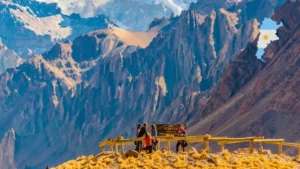
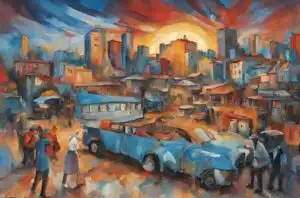
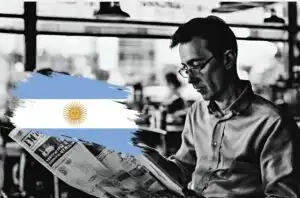

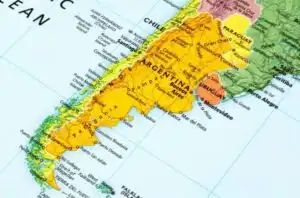

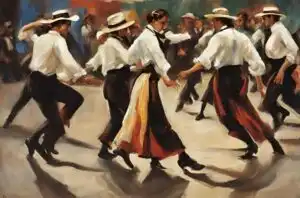
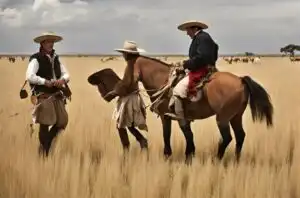



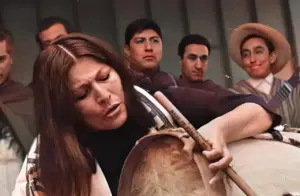

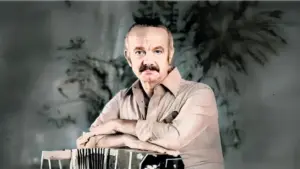
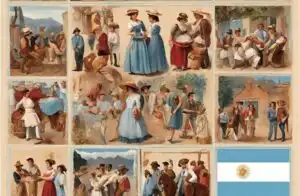






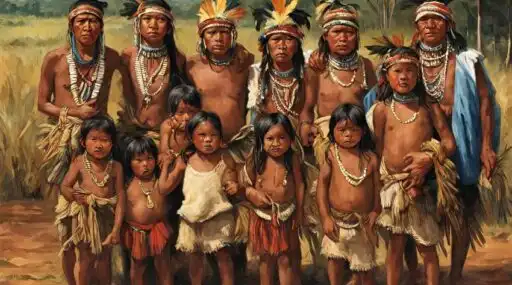

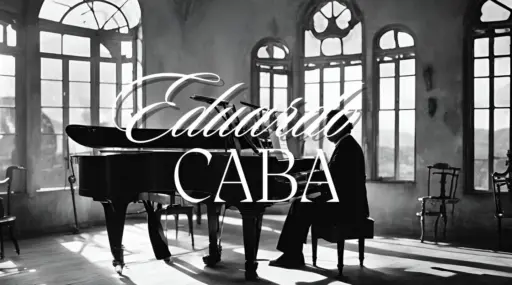



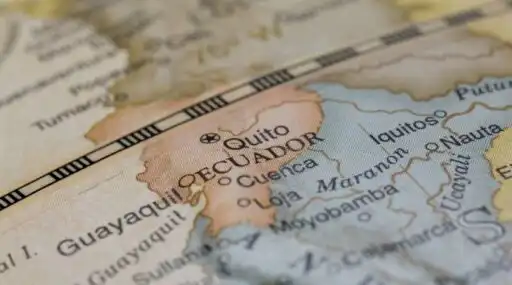

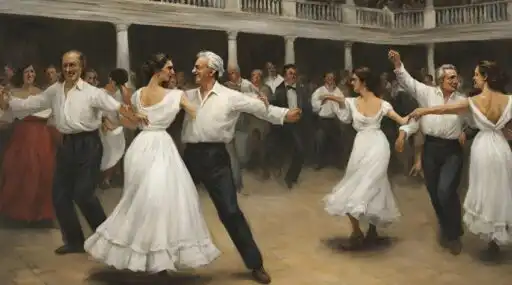













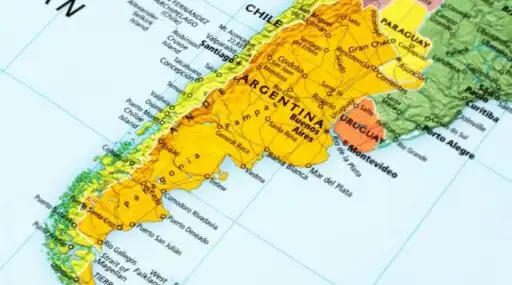


Leave a Reply